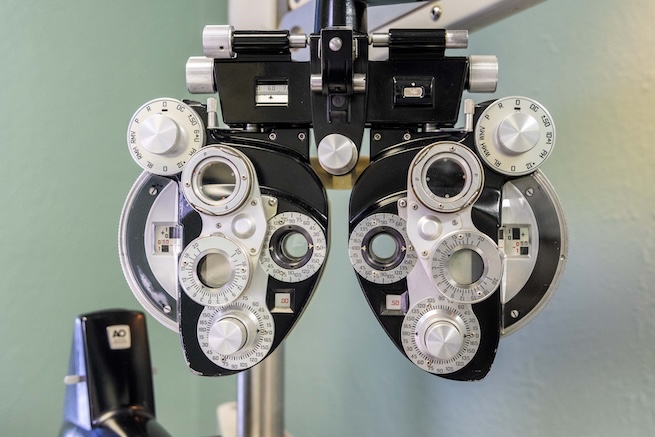Myopia Control
Slow the progression of your child’s nearsightedness.

Does your child have difficulty seeing distant objects?
Myopia (nearsightedness) typically starts to develop in childhood and often progresses until about age 20.
Slowing the progression is important because it may reduce the risk of developing serious eye conditions later in life such as cataracts, glaucoma, retinal detachment, and blindness.
There are several treatment options to slow the progression of myopia. Schedule an exam at Vision Source on Long Point to learn more.
Myopia is on the rise
Nearsightedness is a growing concern in the US and other countries.
It is estimated that by the year 2050, roughly half of the world’s population will be affected by this eye condition.
Many researchers believe the rise can be attributed to more time spent staring at screens and less time outdoors.
Personalized Myopia Treatment Plans
At Vision Source on Long Point, we understand that there is no “one-size-fits-all” solution when it comes to managing myopia (nearsightedness).
Dr. Pannapara takes a personalized approach to myopia control, carefully tailoring treatment plans based on each child’s unique needs. Factors such as the child’s age, lifestyle, activities, sports involvement, and even the timing of their growth spurts play a crucial role in determining the most effective protocol.
With years of experience in treating myopia, Dr. Pannapara is well-equipped to choose the right combination of treatments that will best slow or stop myopia progression for each individual patient. Schedule your appointment now.
Advanced Treatment Options for Myopia Control
Several innovative treatment options are available to manage myopia progression effectively. While myopia is commonly diagnosed in children, it’s important to note that effective treatment options are available for adults as well, ensuring that people of all ages can benefit from myopia control strategies.
Vision Source on Long Point uses the following in controlling myopia:
Multi-focal contact lenses
For children with a significant amount of astigmatism, multi-focal contact lenses may be recommended, as they provide clear vision while addressing astigmatism.
Atropine eye drops
Topical atropine is a medicine used to dilate the pupil and temporarily relax the eye’s focusing mechanism and has been used in myopia control for years.
Several studies show that low-dose atropine helps to reduce the progression of myopia in children, especially when combined with Ortho-K lenses.
Light Bifocal Glasses for Myopia Management
For children who are just starting to experience myopia or for those looking for a more traditional approach, light bifocal glasses can be an effective tool for managing progression.
These glasses feature lenses that help reduce the strain of near-vision activities, which can be especially helpful in limiting the stress that contributes to worsening nearsightedness.